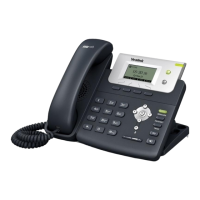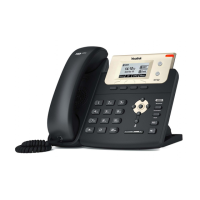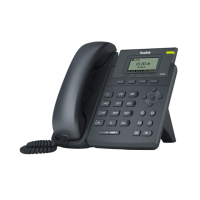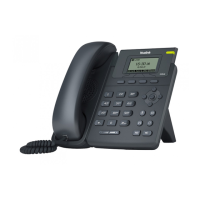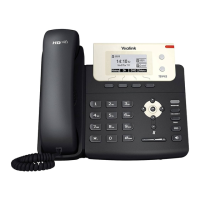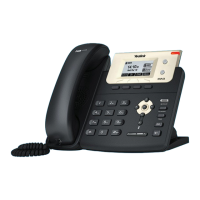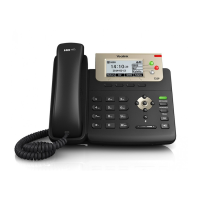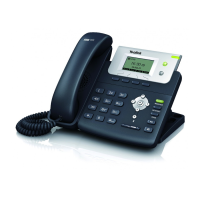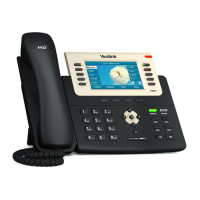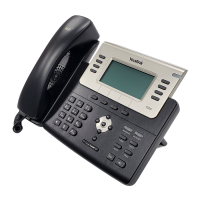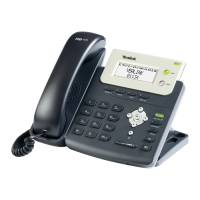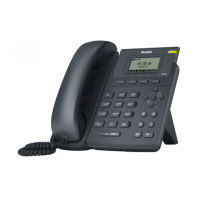Configuring Advanced Features
817
Example Macros
Macros can be applied to various scenarios. The following takes an example to help you
understand how to execute the macro action string.
Scenario Operations:
1. Add/Edit the following parameters in the y000000000028.cfg file or <MAC>.cfg (e.g.,
001565770984.cfg) file you want the IP phone to download:
features.enhanced_dss_keys.enable = 1
edk.edklist.1.enable = 1
edk.edklist.1.mname = IVR1
edk.edklist.1.action = 1013$Tinvite$$Cwc$$Cp10$$Penter
number&C4&N$$Tdtmf$$Cp3$$Chu$
The macro “IVR1” can be invoked by DSS keys or soft keys. Once triggered, the action string
“1013$Tinvite$$Cwc$$Cp10$$Penter number&C4&N$$Tdtmf$$Cp3$$Chu$” will be executed.
2. Configure a Custom Key via web user interface.
If you want to invoke a macro action string using a Custom Key, a macro name you enter in the
Value field must match the name you configure in the configuration file. And the macro name
you enter in Value field must begin with the “!” prefix. “!IVR1” represents invoking the macro
“IVR1”.
Of course, you can also enter the macro action string “1013$Tinvite$$Cwc$$Cp10$$Penter
number&C4&N$$Tdtmf$$Cp3$$Chu$” in the Value field instead of invoking the macro “IVR1”.
The execution effect is the same.
The Custom Key displays on the phone:
3. Press the Custom Key when the phone is idle.
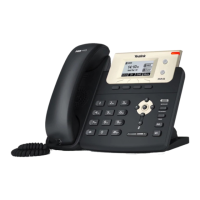
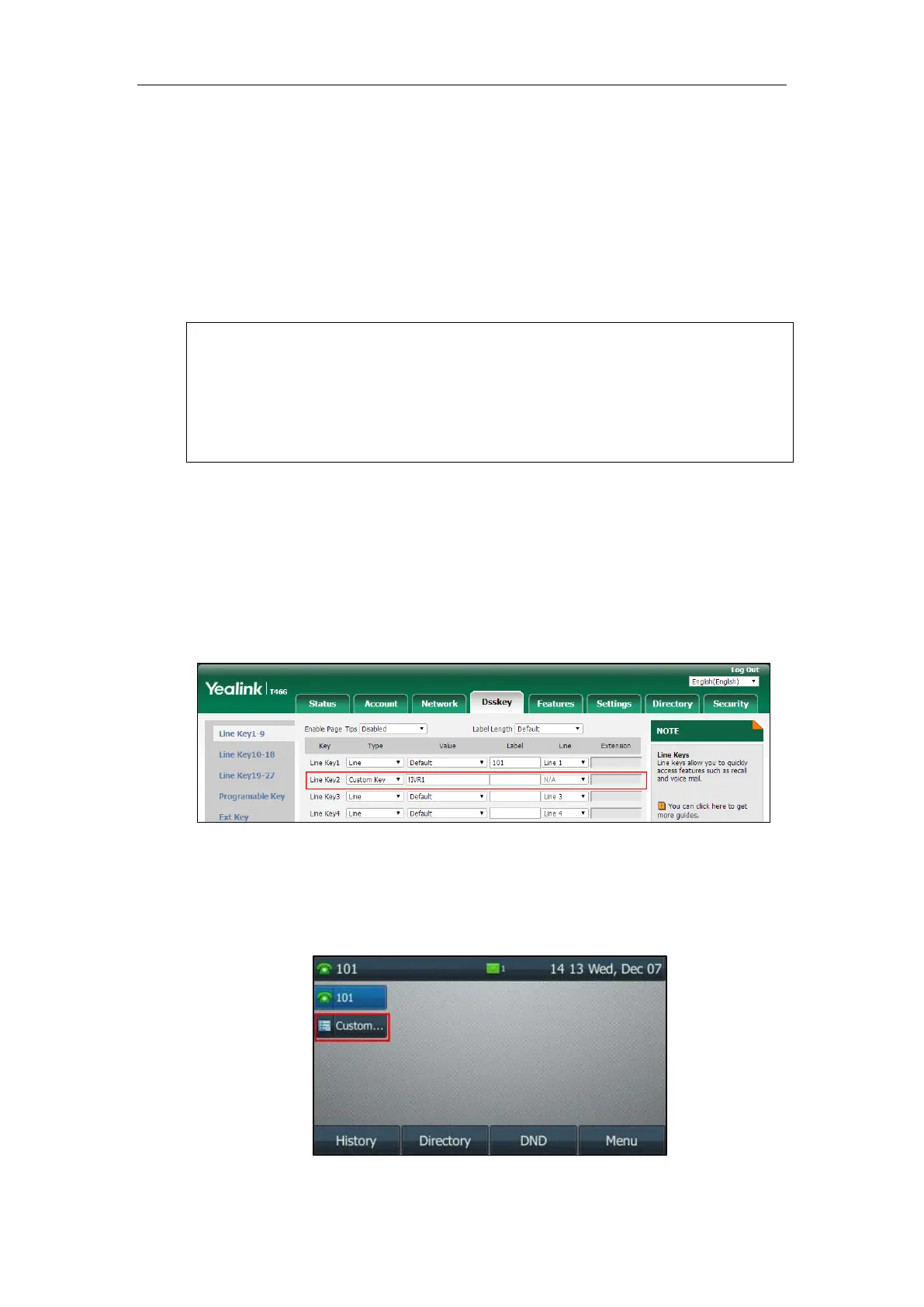